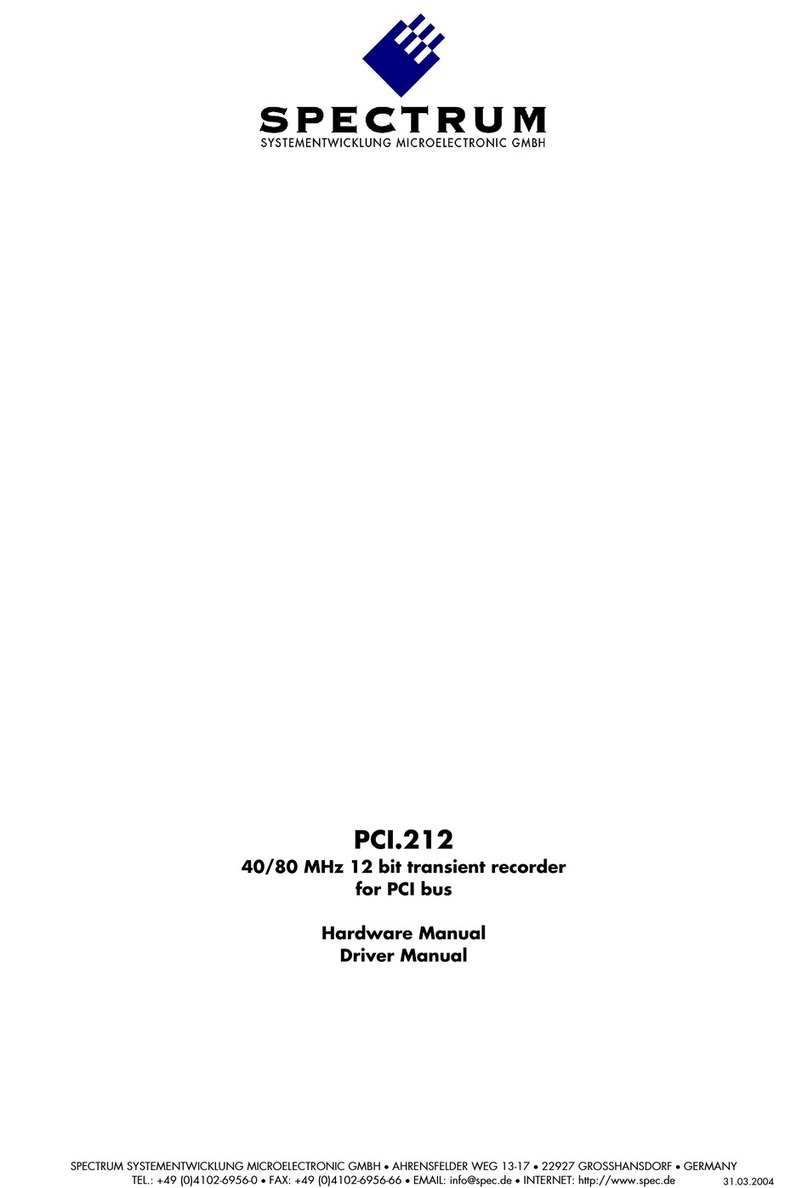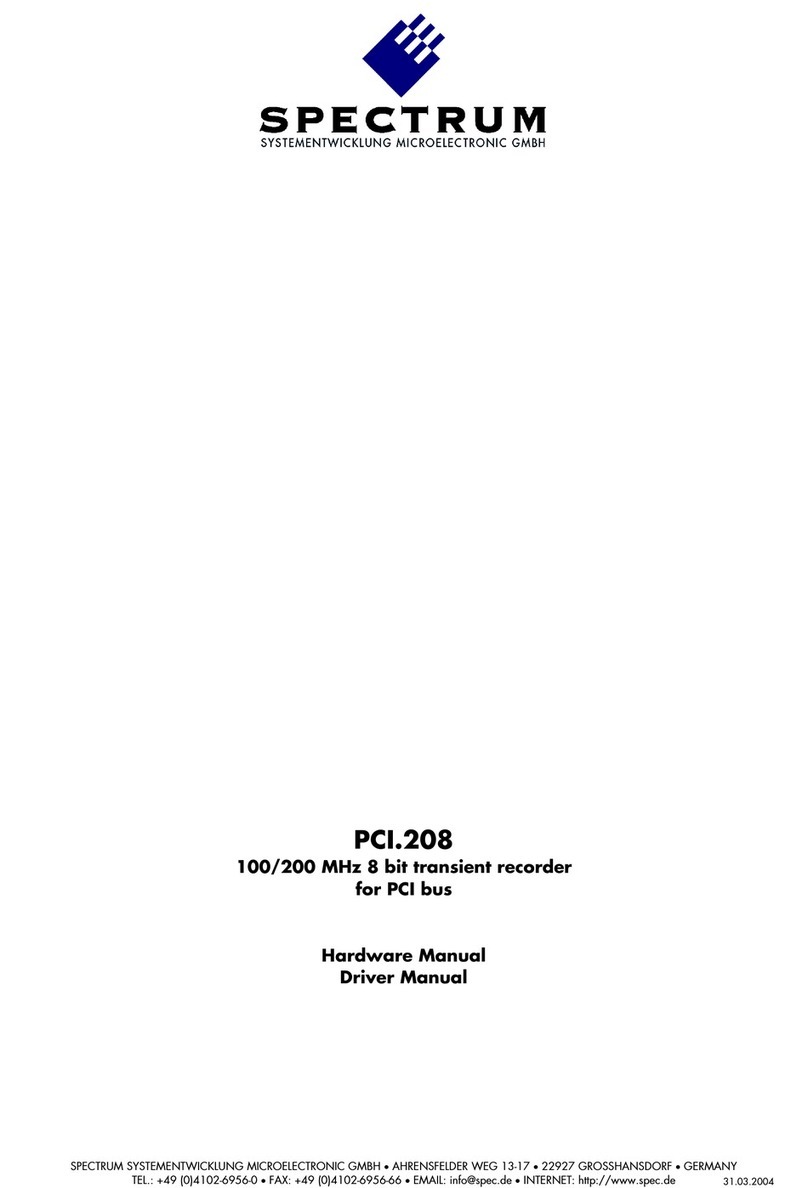PCI.412 manual 31.03.2004
Page 3of 26
Table of Contents
Table of Contents ................................................................................................................................................. 3
Preface ................................................................................................................................................................5
Product Introduction............................................................................................................................................. 6
General Information..........................................................................................................................................................6
Software .........................................................................................................................................................................6
Additional information ......................................................................................................................................................6
Order information ............................................................................................................................................................6
Installation .......................................................................................................................................................... 7
System Requirements ............................................................................................................................................................7
Hardware Installation ...........................................................................................................................................................7
Driver Installation.................................................................................................................................................................7
DOS ..................................................................................................................................................................................8
Win 98/ME/2000/XP (WDM)..............................................................................................................................................8
Windows 95 (VXD)..............................................................................................................................................................8
Windows NT (Legacy) ..........................................................................................................................................................9
Windows NT...................................................................................................................................................................9
Installation for Linux............................................................................................................................................................10
Login............................................................................................................................................................................10
Select the right driver ......................................................................................................................................................10
Load Driver ...................................................................................................................................................................10
Major Number...............................................................................................................................................................10
Installing the Device........................................................................................................................................................10
End ..............................................................................................................................................................................10
Info ..............................................................................................................................................................................11
Utilities.............................................................................................................................................................................11
SBench 5.x....................................................................................................................................................................11
DRVCONFG.EXE ...........................................................................................................................................................11
PCITEST.EXE ..................................................................................................................................................................11
Hardware Description........................................................................................................................................ 12
Trigger Information.............................................................................................................................................................12
Option Synchronisation ......................................................................................................................................................12
Block diagram PCI.412 ......................................................................................................................................................13
Technical data...................................................................................................................................................................13
Placement PCI.412.............................................................................................................................................................14
Connectors....................................................................................................................................................................14
AC/DC jumper ..............................................................................................................................................................15
50 Ohm jumper .............................................................................................................................................................15
Digital inputs PCI.412.....................................................................................................................................................15
Sync Bus .......................................................................................................................................................................15
Software Description.......................................................................................................................................... 16
General Information ...........................................................................................................................................................16
Header files on CD ............................................................................................................................................................16
DLLTYP.H.......................................................................................................................................................................16
SPECTRUM.H ................................................................................................................................................................16
REGS.H ........................................................................................................................................................................16
ERRORS.H.....................................................................................................................................................................16
Driver functions..................................................................................................................................................................16
int16 SpcInitPCIBoards (int16* count, int16* PCIVersion).....................................................................................................17
int16 SpcInitBoard (int16 nr, int16 typ)..............................................................................................................................17
int16 SpcSetParam (int16 nr, int32 reg, int32 value) ...........................................................................................................17
int16 SpcGetParam (int16 nr, int32 reg, int32* value).........................................................................................................17
int16 SpcSetData (int16 nr, int16 ch, int32 start, int32 len, dataptr data) ...............................................................................17
int16 SpcGetData (int16 nr, int16 ch, int32 start, int32 len, dataptr data) ..............................................................................18
Error Codes...................................................................................................................................................................18
Valid Board Types..........................................................................................................................................................18
Hints for programming the boards.....................................................................................................................................19
Software - Register .............................................................................................................................................................19
PCI register....................................................................................................................................................................19
PCI Features register .......................................................................................................................................................19
Error registers ................................................................................................................................................................19
Status register ................................................................................................................................................................20
Command register..........................................................................................................................................................20





























